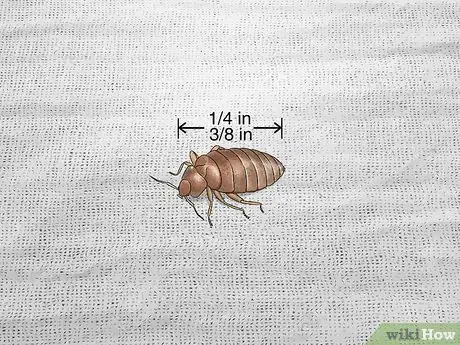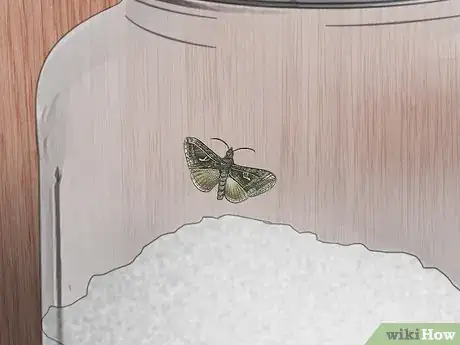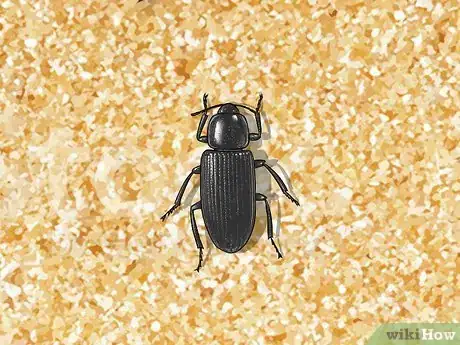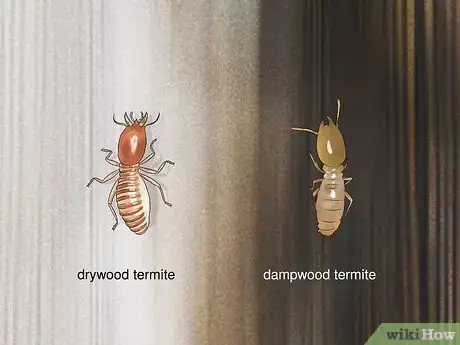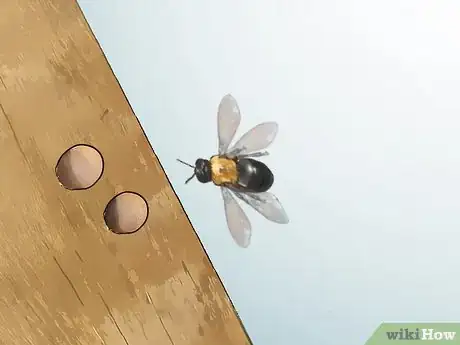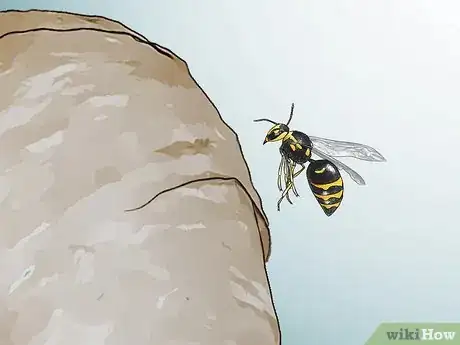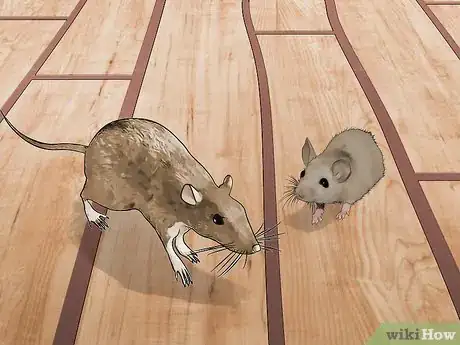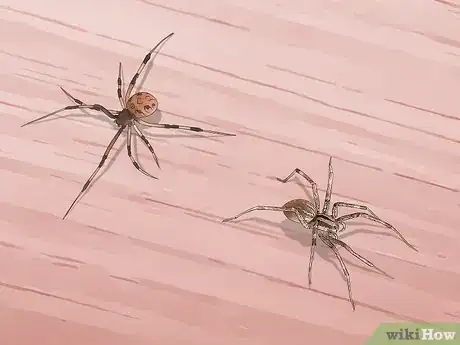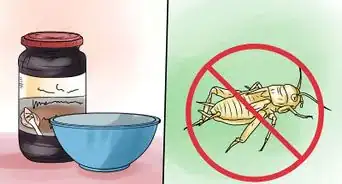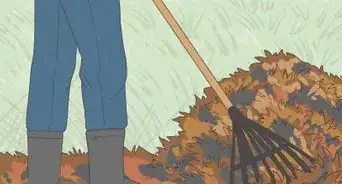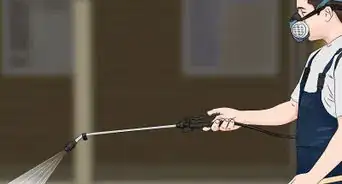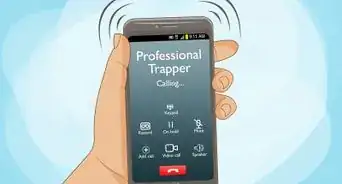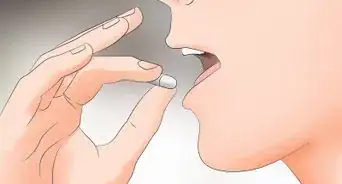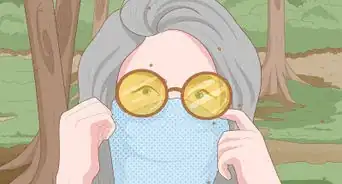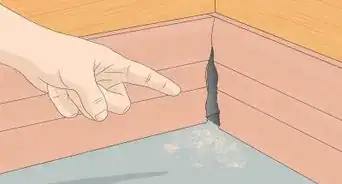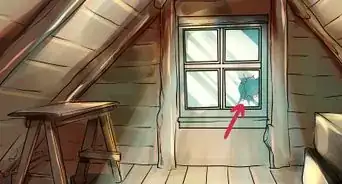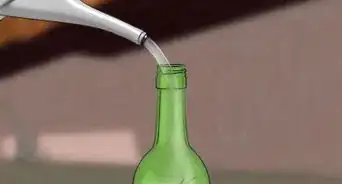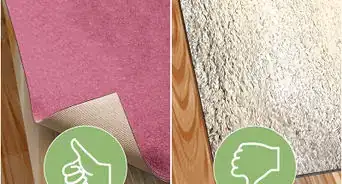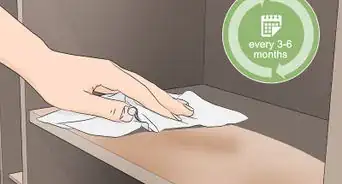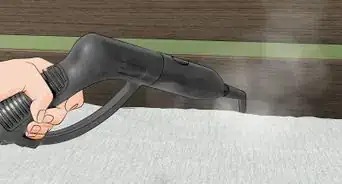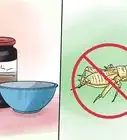This article was co-authored by Kevin Carrillo and by wikiHow staff writer, Hannah Madden. Kevin Carrillo is a Pest Control Specialist and the Senior Project Manager for MMPC, a pest control service and certified Minority-owned Business Enterprise (MBE) based in the New York City area. MMPC is certified by the industry’s leading codes and practices, including the National Pest Management Association (NPMA), QualityPro, GreenPro, and The New York Pest Management Association (NYPMA). MMPC's work has been featured in CNN, NPR, and ABC News.
There are 17 references cited in this article, which can be found at the bottom of the page.
This article has been viewed 10,280 times.
Finding a random insect in your home is never a welcome surprise, especially if you aren’t quite sure what it is. Since a lot of pests can look similar (or almost identical), IDing the pest isn’t always easy. While pests can vary depending on which region you’re in, there are some common ones that most of us will deal with at some point. To help you out, we've put together a list of common household pests so you can figure out what exactly you're dealing with and how to get rid of it.
Steps
Expert Q&A
-
QuestionUsually, where do cockroaches hide?
 Kevin CarrilloKevin Carrillo is a Pest Control Specialist and the Senior Project Manager for MMPC, a pest control service and certified Minority-owned Business Enterprise (MBE) based in the New York City area. MMPC is certified by the industry’s leading codes and practices, including the National Pest Management Association (NPMA), QualityPro, GreenPro, and The New York Pest Management Association (NYPMA). MMPC's work has been featured in CNN, NPR, and ABC News.
Kevin CarrilloKevin Carrillo is a Pest Control Specialist and the Senior Project Manager for MMPC, a pest control service and certified Minority-owned Business Enterprise (MBE) based in the New York City area. MMPC is certified by the industry’s leading codes and practices, including the National Pest Management Association (NPMA), QualityPro, GreenPro, and The New York Pest Management Association (NYPMA). MMPC's work has been featured in CNN, NPR, and ABC News.
MMPC, Pest Control Specialist Usually, cockroaches hide in the cabinets under your kitchen and bathroom sink. They also hide behind the shelves.
Usually, cockroaches hide in the cabinets under your kitchen and bathroom sink. They also hide behind the shelves. -
QuestionHow can I get rid of bed bugs?
 Kevin CarrilloKevin Carrillo is a Pest Control Specialist and the Senior Project Manager for MMPC, a pest control service and certified Minority-owned Business Enterprise (MBE) based in the New York City area. MMPC is certified by the industry’s leading codes and practices, including the National Pest Management Association (NPMA), QualityPro, GreenPro, and The New York Pest Management Association (NYPMA). MMPC's work has been featured in CNN, NPR, and ABC News.
Kevin CarrilloKevin Carrillo is a Pest Control Specialist and the Senior Project Manager for MMPC, a pest control service and certified Minority-owned Business Enterprise (MBE) based in the New York City area. MMPC is certified by the industry’s leading codes and practices, including the National Pest Management Association (NPMA), QualityPro, GreenPro, and The New York Pest Management Association (NYPMA). MMPC's work has been featured in CNN, NPR, and ABC News.
MMPC, Pest Control Specialist You can vacuum the bugs and dispose of the vacuum bag. Or you can kill them using at least 80% isopropyl rubbing alcohol or steam.
You can vacuum the bugs and dispose of the vacuum bag. Or you can kill them using at least 80% isopropyl rubbing alcohol or steam.
References
- ↑ http://ipm.ucanr.edu/PMG/PESTNOTES/pn7475.html
- ↑ https://extension.umn.edu/biting-insects/bed-bugs
- ↑ https://www.cdc.gov/dpdx/fleas/index.html
- ↑ https://extension.psu.edu/identifying-common-household-insects-in-pennsylvania
- ↑ https://www.bobvila.com/articles/how-to-get-rid-of-moths/
- ↑ https://extension.psu.edu/identifying-common-household-insects-in-pennsylvania
- ↑ https://extension.psu.edu/identifying-common-household-insects-in-pennsylvania
- ↑ Kevin Carrillo. MMPC, Pest Control Specialist. Expert Interview. 22 October 2019.
- ↑ http://ipm.ucanr.edu/PMG/PESTNOTES/pn7440.html
- ↑ http://ipm.ucanr.edu/PMG/PESTNOTES/pn7415.html
- ↑ http://ipm.ucanr.edu/PMG/PESTNOTES/pn7417.html
- ↑ https://extension.umn.edu/yard-and-garden-insects/wasps-and-bees
- ↑ https://www.epa.gov/rodenticides/identify-and-prevent-rodent-infestations
- ↑ Kevin Carrillo. MMPC, Pest Control Specialist. Expert Interview. 22 October 2019.
- ↑ https://extension.umn.edu/nuisance-insects/flies
- ↑ https://extension.usu.edu/pests/schoolipm/structural-pest-id-guide/fruit-flies
- ↑ https://www.nhm.ac.uk/take-part/identify-nature/spiders-in-your-home.html
- ↑ https://www.ncbi.nlm.nih.gov/pmc/articles/PMC4614586/
- ↑ Kevin Carrillo. MMPC, Pest Control Specialist. Expert Interview. 22 October 2019.
- ↑ https://extension.umn.edu/insects-infest-homes/ants
- ↑ https://njaes.rutgers.edu/stink-bug/identify.php

